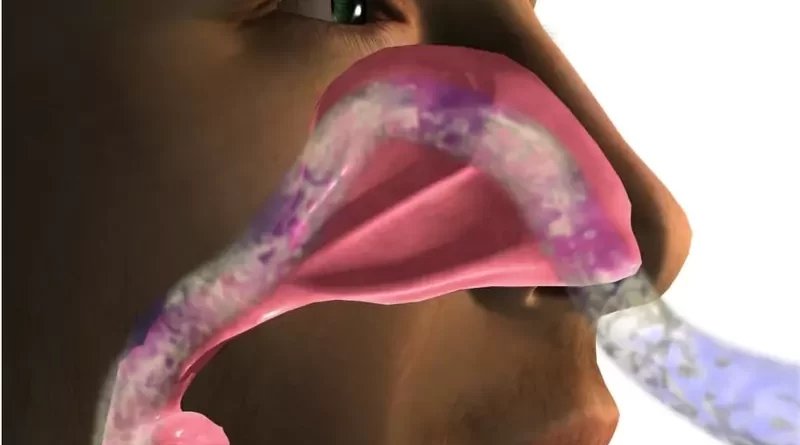Ear, Nose, and Throat (ENT) Related Bad Breath
In the ear, nose & throat (ENT) related bad breath, which we encounter more rarely, bacteria deposits are not in the mouth, but around the mouth. These odors mostly originate from areas such as the nasal cavity, sinuses, tonsils, pharynx due to rhinitis, sinusitis, tonsillitis, and other reasons. But it is the back of the tongue that smells like mouth odors originating from the mouth.
Causes of ENT Related Bad Breath
Ear, Nose & Throat Infections
Bad breath originating from ear-nose-throat can occur even in people who do not have problems such as rotten teeth and gum disease, brush their teeth at least twice a day, and have a clean mouth. Especially if the poorly ventilated nasal cavity and sinuses become infected with bacteria, these bacteria come from there and settle on the back of the tongue and cause a bad odor. This is the reason for most of the bad breath in children. It is also the most common cause of strong-smelling bad breath.
Nasal Dryness, Congestion, and Septal Defects
Nasal congestion can cause bad breath because it reduces the ventilation of the sinuses. Similarly, in cases where the lips are not closed due to nasal congestion or any other reason, and people who sleep with their mouths open, bad breath may occur. Because, due to the dryness of the mouth, the bacteria are not washed with saliva and produce more odor in the dry mouth. Apart from this, septal deformations and nasal dryness also cause bad odor due to their bad effects on the air passage.
Throat Problems and Adenoid Vegetations
Halitosis originating from the ear-nose-throat actually comes from the upper airway. However, problems with the tonsils and pharynx above the air passage can also cause bad breath. Bad breath is common in people with adenoid vegetation. Because of the narrowing in the air passage, the mouth can stay open and therefore it dries and smells.
Diagnosis and Treatment
Patients with ear-nose-throat bad breath are usually allergic people. When these patients sneeze, odor originating from the nasal passage is emitted. In addition, most of these people have recurrent paranasal problems and pathologies such as tonsillitis, pharyngitis, sinusitis. Therefore, dentists usually direct these patients to otolaryngologist. Finally, fresh breath products (especially, zinc-containing) such as mouthwash (eg, TheraBreath Plus Fresh Breath, Tom’s of Maine Natural Wicked Fresh, etc.) or chewing gum (eg, TheraBreath Fresh Breath, CB12 Boost Sugar Free, etc.) may symptomatically help those patients.
References
American Dental Association:“Bad Breath: 6 Causes (and 6 Solutions)”
Johns Hopkins Medicine: “Halitosis (Bad Breath)”
Oral Health Foundation: “Bad Breath”
PubMed: “A new measurement protocol to differentiate sources of halitosis”
PubMed: “Halitosis: a new definition and classification”

